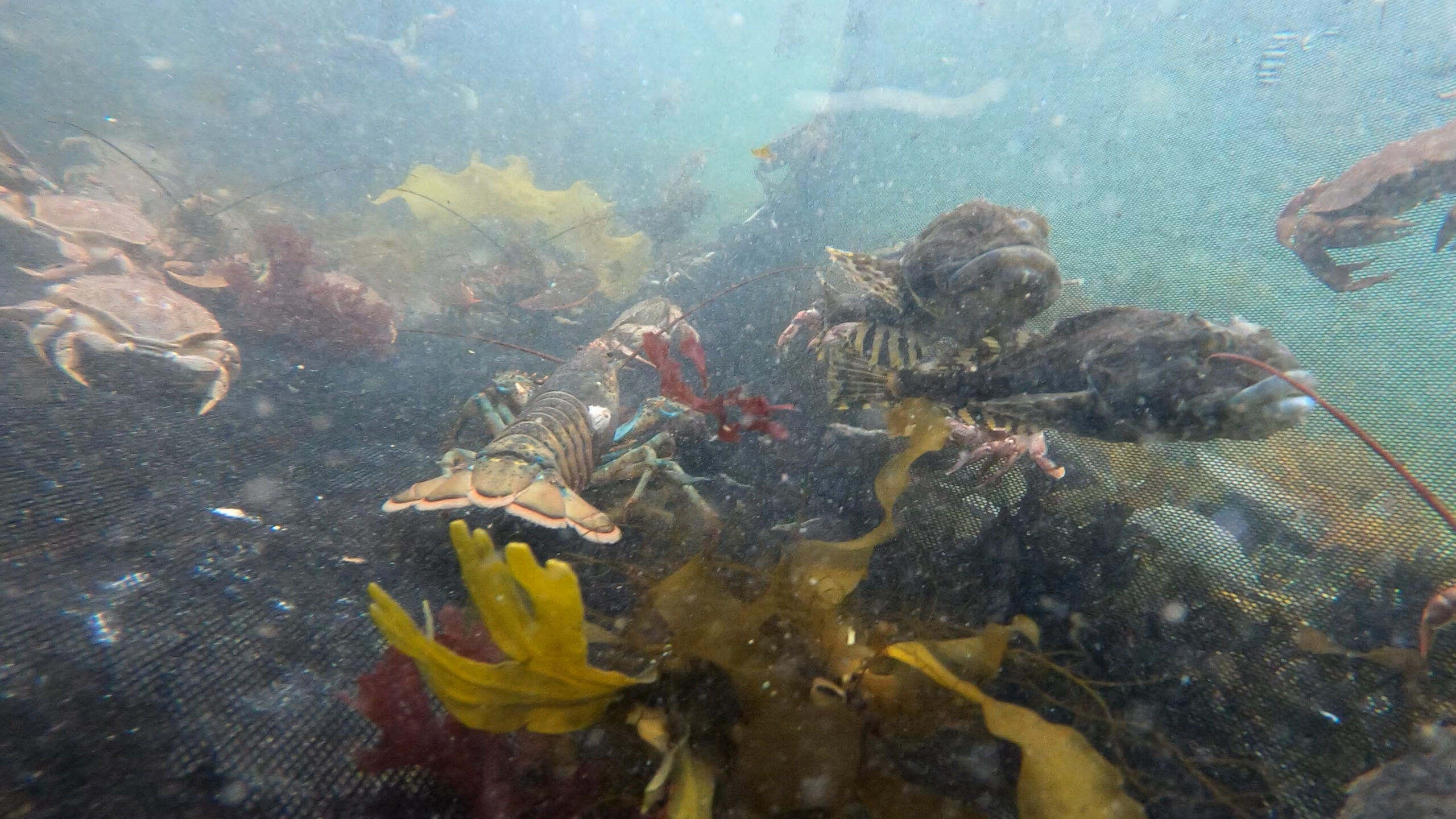
SIZE : From 30 cm to 50 cm, up to 112 cm.
LIFE EXPECTANCY : From 15 to 20 years.
LIFE CYCLE : Sexual maturity around 3 to 5 years.
Spawning takes place in the spring. Females can lay up to 200,000 eggs close to the bottom. The eggs are round and transparent. Once fertilized, after about two weeks, they rise to the surface. The fry live on the surface waters until mid-summer, where they feed on plankton.
After the spawn, juvenile fish sink to the bottom, where they will live until they reach breeding age. They can grow from 5 cm to 10 cm per year.
Haddock is a fish with a long body and a forked tail. Its head and back are purplish-gray to black, while its belly is white. Its sides are silvery gray, with pink hues below its lateral line, which is black. A distinctive feature is the large black spot above its pectoral fins.
The haddock’s mouth is small, with a small barbel on its chin. It has three dorsal fins.
Close to the bottom, between 50 m and 200 m deep, in cold waters between 4 ° C and 10 ° C.
Haddock seek out rocks and hard bottoms of sand, gravel or shells.
They follow seasonal migrations: to deeper waters in the winter to avoid the cold, and to the open sea in the summer.
PREYS :
Small invertebrates
Fish
PREDATORS :
Atlantic cods
Pollocks
Halibuts
Seals
ENGINS : Trawls, longlines, handlines, gillnets.
Haddock rarely venture into Quebec waters. It is therefore rarely caught here, even as an incidental catch.
In Canada, haddock fishing has been strictly regulated since 1987. Over-fishing and the deterioration of its habitat have led to a decline in its population. Moreover, the fish being caught are getting smaller and smaller.
The mark of the devil
In French Canada, haddock was once known as the “poisson de Saint-Pierre”. The story tells us that the two black spots on the back of the haddock’s head look like thumbprints. These marks are said to have been left by St. Peter when he caught the haddock’s ancestor in Lake Tiberias. Other stories claim say that they are burn marks left by the devil…
BENEFITS :
With its lean flesh, haddock is a good source of protein, vitamins B3, B6 et B12, as well as selenium. It is generally free of heavy metals. It is very rich in iodine.
LET’S COOK :
Texture fine et ferme. Chair blanche. Saveur délicate et légèrement sucrée.
NOS CONSEILS CULINAIRES :
- When purchased fresh, haddock should have firm and resistant flesh covered with a transparent membrane.
- Do not over-cook.
- Its binding texture makes this fish the perfect base for fish cakes.
- It can be pan-fried, breaded, smoked, steamed, or en papillote… Cod recipes also work well and its flesh holds up a little better.
The king of frozen
Haddock is not a suitable fish for the salting preservation method. This explains why it did not have the same success as cod until the 1900s. As soon as flash freezing became available, around 1920, demand for haddock started to increase.





